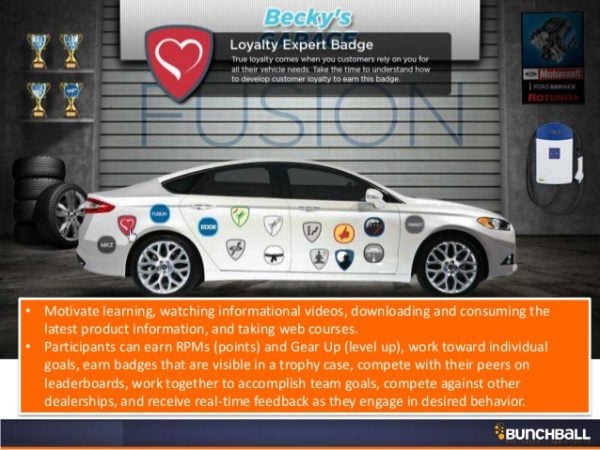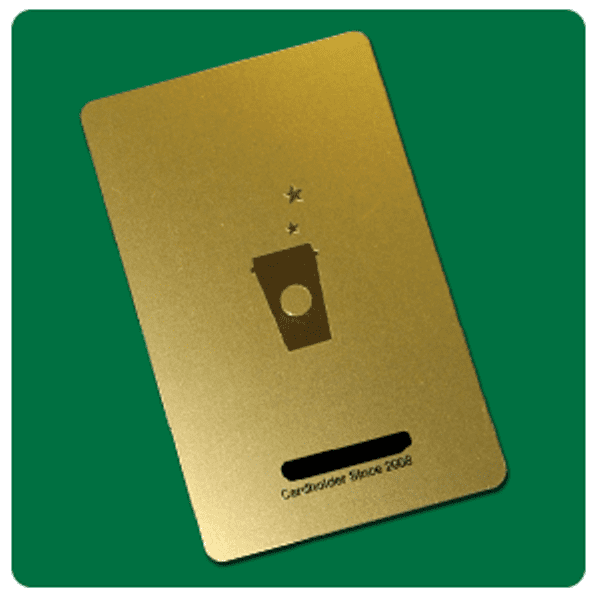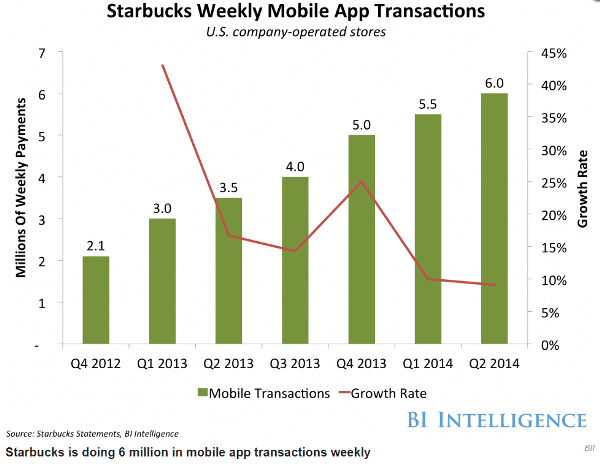Imagine this:
You’re 37 years old, you weigh 250 lbs and your marriage is on the verge of a breakup partly because your spouse doesn’t like the fact that you’re overweight.
What would you do?
You’ll probably sulk, then run to the nearest gym and groan at the hard work you’re about to put yourself through, right?
Well, that’s exactly what Tammy didn’t do.
Tammy has been overweight all her life and had tried several times through self-will to lose it. But nothing worked.
She always failed.
Then when the divorce news hit her hard, she had to do a reality check. After making a few resolutions, Tammy found the website of a fitness coach.
She browsed the website for only a few minutes and a sense of relief seemed to come over her.
“I can finally do this!” She screamed.
It wasn’t as if the coach had given any new weight loss advice that didn’t already exist.
Neither was the coach a magician who could grant weight loss wishes…
Nor was her program free.
What assured Tammy of success was something about the weight loss program…
It was full of challenges and tools, backed up by simple advice.
Not only did Tammy stick with the program for several months (something many companies pray for), she lost 150+ lbs and won the challenge.

Now the question is, “how did a simple website with simple advice attract and give Tammy (and several other customers) an experience she had struggled to get for decades?
Gamification.
This simple yet highly effective term can help you not only give your prospects and customers an unforgettable experience with your product or service, but would also boost customer loyalty, making them see you as their one-stop solution.
Here’s how…
What Is Gamification (And Why Does It Matter)?
Gamification is simply the application of typical elements of game playing (e.g. point scoring, competition with others, and rules of play) to other areas of activity, typically as an online marketing technique to encourage engagement with a product or service.
Too complex?
Well, here’s how Wikipedia defines the term;
“Gamification primarily refers to a process of making systems, services and activities more enjoyable and motivating.”
This doesn’t mean turning your product or service into a 3D Sci-Fi game with lightsabers and flying saucers.
According to the same Wikipedia article, gamification can be used in a non-game context. It is built into the delivery of the service or product to give the customer an infinite experience. It does not aim at creating a game but offering a gameful experience.
Rollings and Adams, in their book, “Andrew Rollings and Ernest Adams on Game Design”, speak on four actions related to games:
- Play
- Pretending
- Rules
- Goals
I remember when I just installed Microsoft Word 2013 on my PC. I was not just intrigued by the simple design, but the smooth scrolling effect. I spent a couple of seconds going up and down the page, just to watch it glide over and over again. That was 30 seconds of playtime, regardless of the work I had to do.
But let’s back up a bit. Should gamification even exist? And why has it become such a buzzword in recent times?
Gamification didn’t just appear out of thin air because people were looking to invent a new term. It was born from studying basic human character and playful tendencies – something called, “the Flow theory.”
According to a paper by Janne Laine (Flow- The Psychology of Optimal Experience) from the VTT Technical Research Center of Finland,
“Flow refers to an optimal experience, a state of mind during which people typically experience deep enjoyment, creativity, and involvement with the activity they are performing.”
The paper then goes on to list the conditions that are helpful in creating flow states:
- Activities are goal-directed.
- Goals are usually clear.
- Activities are bounded by rules.
- There is feedback of one’s actions (usually immediate).
- Activities require skill.
- Activities provide challenges and opportunities for action.
- There is an appropriate balance between skills and challenges.

The person is challenged to do her best, and can constantly improve her skills (“skills” in a wide sense, including knowledge and understanding).
Image credit: the Paper, “Flow- The Psychology of Optimal Experience”
In influencing customer actions and buyer decisions, self-will has its limits. Like Tammy, users want to play and have fun. Humans are naturally driven to play simply because they want to (remember your days of hide and seek?).
Buyer behaviour links our decisions to our ideal selves. In other words, given the opportunity, we’d create counter-realities of who we want to be and then make purchases that take us closer to that goal.
Something for Organizations and UX Developers to Think About
The gaming industry has an extremely engaged audience. The goal is not to transform products and services into games. But to adapt these gaming theories to the platforms on which these products are delivered, while still giving value.
Like the product or service, the design must also be useful.
Usability expert, Jakob Nielson, mentions that “Usability and utility are equally important and together determine whether something is useful: It matters little that something is easy if it’s not what you want.”
In other words, does it provide the features you need and how easy and pleasant are these features to use?
Users aren’t patient enough to ask, “Please how do I use this website?” or “How easy will it be to go through this program?”
When we encounter such difficulties, the first line of defense is always to find an alternative, as long as there are alternatives to what is being offered.
Also, with the growing demand for online education globally, can it also be “gamified”? Is gamification a concept that can be broadly applied or is it limited to specific industries? According to the Gamification 2020 report by Gartner,
“In the near term, gamification will be primarily used to create more engaging course material. But by 2020, advanced education will be global, with increased equality of access to education and more open recognition of skill attainment through badges. Alternatives to formal higher education can evolve to make education more engaging, widely accessible and broadly recognized.”
With a concept so effective, it’s a relief that it can be used to engage audiences in even the most boring industries. It’s therefore important to not limit its application to just specific kinds of products (e.g. websites).
Why Does Gamification Impact UX?
Why do people have better experiences with organizations that incorporate gamification into their operations and how they deliver products?
Here are a few reasons:
1. People Respond Positively To Entertainment Rather Than Subjection
How do parents make 2 year olds eat their veggies? Or to wear their clothes in the “right places”?
It’s really not by forcing them.
Instead, a more persuasive approach would be to turn it into fun. By either chasing them as they run around the house, or taking that spoon of broccoli in an airplane-like motion to their mouths.

The best way to call a person to action isn’t by compelling them to take action. Instead, it’s by making them want to take action. This is why marketing places benefits over features.
Ford Motors needed to shift sales, parts and service teams into high gear by passing them through training and certification exams.
But people naturally don’t like taking exams; we sometimes take exams because we have to. Coupled with this, Ford had a challenge: They needed to make the successful training and certification program even better with increased usage, better utilization of existing resources, and by encouraging informal and formal learning.
In other words, they needed more team members to fully participate.
The solution to this was to go “gamification mode” and reward exploration and demonstration of knowledge gained within a collaborative online community.

Image credit Slideshare
The results?
- Participants completed courses above and beyond what they were required to do for their annual certification requirements.
- There was a 417% increase in site usage vs. the same period the previous year. And within the first three months, the site exceeded the traffic volume of the entire previous year.
Employees and customers alike want to be motivated to take action. Your job is to make this happen in the most fun way possible.
2. People Love The Feeling Of Progress Towards An End Goal
“Power up”, “Stage 3”, “50 Stars earned”…
These aren’t included in games because they sound cool. They break down the long term goal (reach the final level) into tiny bits so players don’t feel bored and discouraged.
Not only that, but placing different milestones causes people to rate themselves with their peers. Status seems to be the most important incentive and motivational force of social behaviour. Both behaviourally and in the brain, people place great importance on status, as pointed out in a study by Caroline Zink, at the National Institute of Mental Health (NIMH).
A signal of progress leads to a better reputation which causes us to feel good about ourselves. This feeling alone is a reward.
In 2009, Starbucks launched My Starbucks Rewards, a mobile loyalty app that featured a fast way to pay and an incentive system to promote repeat visits. As their reward system, Starbucks used virtual badges and points.
How it worked:
Users were rewarded with a gold star every time they paid for a transaction using the mobile app. The first milestone was 5 stars and once users reached that milestone, they were rewarded with a “Green Level” status. This status attracted a bonus – the user could receive free refills on tea and coffee purchased that day.
The “Gold level” status was attained once a user gets 30 stars in a 12 month period. Apart from the perks and offers, the user would also get a physical personalized gold card.

This gave the status an air of exclusivity. It was also the ultimate status which people strive for.
What was the result?
Starbucks was able to differentiate their loyalty program using the app. The mobile app was able to generate over 6 million transactions a week. It also accounts for 15% of sales made at the stores in the U.S.

Image credit: Business Insider
The Starbucks app had 10 million users. And “50% of the Starbucks mobile app users were Gold level status members” according to Lauren Johnson of Mobile Commerce Daily.
This shows that it wasn’t just about the loyalty program. It was the consistent reward of status and exclusivity.
3. Given The Chance, Customers Want To Feel Like Heroes
It’s really difficult for an active 2 year old boy to watch an episode of Superman and not have a feeling of confidence afterwards.
After all as kids, we did it all — from wearing flying capes to face masks and even hand gloves which we believed somehow gave us superhuman strength. Some of us even tried jumping off the bed believing we could fly.
This part of being human didn’t die with childhood. We only started expressing it in a more mature way as we grew older.
Movies like Star Wars, The Lord of The Rings and even KickAss all follow a particular pattern — a template identified as the Monomyth or The Heroes Journey.

Image credit: Wikipedia
This concept was introduced by Joseph Campbell and he describes it as follows:
“A hero ventures forth from the world of common day into a region of supernatural wonder: fabulous forces are there encountered and a decisive victory is won: the hero comes back from this mysterious adventure with the power to bestow boons on his fellow man.”
In other words, we set out, with the guidance of a mentor, pretending to be the hero we want to be. And then eventually, we get transformed.
Bestselling author Jillian Michaels has been a fitness expert and wellness coach for over 20 years. While some fitness programs rely on the self-will and determination of participants, with the mantra “you can do it”, Jillian went a step further.
By using challenges, an online community and the feeling of achievement for her students, Jillian has been able to take several women (and men) from being overweight and feeling inferior to slim, sexy and bold. They became the heroes they saw in their minds, with Jillian as mentor.

It’s no wonder Tammy, the 37 year old lady from Louisiana in our story above, was able to go through Jillian’s program for several months and reach her goal weight by successfully losing 152 lbs.
Using Jillian’s program, Tammy was able to go through her Hero’s journey, emerge as the transformed hero, won Jillian’s New Year Challenge and got a one-on-one training session with her mentor.
Through the several challenges and tools made available to members, they can track their weight loss, food intake as well as log their workouts and diets.
The result?
The goal was to increase paid conversions and the lifetime value per customer. By rewarding users through reputation and access to new content and tools, JillianMichaels.com was able to “increase paid conversions by 5% and lifetime user value by 20%” according to Olivier Gillin on Slideshare.
Final Thoughts
It’s true that gamification is just one of many methods of crafting great user experience. But organizations that operate with the future in mind would employ even the smallest of game mechanics into how they interact with employees and customers. If you are looking to integrate gamification mechanics into your own website, check out our list of the best WordPress gamification plugins.
However, have it in mind that user experience is only one part of the puzzle. The product or service you’re offering through that experience also has to be of great value. Combine value with great experience through gamification, and you’ll be on your way to building a large group of loyal followers – similar to the 500+ million “addicts” who can’t seem to get enough of Candy Crush.
Featured image credit: shutterstock.com / microvector









The problem with gamification is that its successful creation requires too many factors, some of which simply can’t be externally manufactured or controlled.
First, without a group of participants, all you have is a person playing a game with himself, which isn’t much fun when the goals must be met in the real world. Solitary games are quickly abandoned as the player realizes progress lacks significance without consequence.
Second, even if you have a group of people playing a game, the number of participants doesn’t matter if the majority fail to form a community. The members have to care if others see them succeed and fail, or else you are essentially at scenario one above. To act on the fear of being viewed as a failure or the desire to be revered as a success, the participant’s everyday life has to intersect with those of others. People don’t base their perceptions of their own identities on the opinions of people with whom they have limited, superficial interaction.
Third, the game must be challenging enough to make the participant feel like progress has been won, but not so challenging that the benefits of winning are eclipsed by the labour required to succeed. What game can present everyone with an optimal level of challenge when each player has varying abilities and circumstances that affect how easily or with what difficulty obstacles are overcome?
UX designers beware of the author’s spurious presentation of gamification as a devise that can be incorporated into design. A devise produces predictable effects and can be judiciously applied. Gamification only functions as such if, on the third day of a ground hog’s departure from his hole, a butterfly lands on a four-leaf clover, which must necessarily be in the garden of pure-blooded Native American. In other words, it’s success is based on uncontrollable variables. Are those who have effectively used gamification for UX design skilled, or are they just lucky?
see also: flow / Mihaly Csikszentmihalyi
Great article, didn’t know the word “gamification” , now I can understand how and why some sites work pretty well.
What a wonderful article! Excellent from every aspect. Thanks for sharing it. Lot to think about.
Excellent article on the way our young employees approach learning. The message and the motivation must connect with the learner for them to engage in the training experience.
Dan, you hit it well right in the center. I’ve been nursing the idea to create an interactive course site just like https://e-learning.life-global.org/ which is so amazingly interactive that spurred me to complete a course that same day and left a delightful memory of the event and achievement..unbelievable! This is the future and we are just starting. Hope to see WP translate fully into this soonest!
Cheers!
I have 3 clients for whom I am creating websites, membership sites, online learning courses, and you have give me context and I will employ much more in a structured, thoughtful, and goal-oriented way. Thanks!
Thank you for a great post Dan. It causes me to take a closer look at the website I am building. I know what I learned here will make a difference.
Sincerely!
Sounds like something me & my team are quite familiar w/ 😉
Great round up post. Amazing what the future of truly interactive & personalized web design/user interface experience is going to become….
Cheers
So cool to have this article in my inbox! And you guys might want to know that we recommend Divi as the theme of choice for the fully Gamified plugin for learning over at the Adobe Education Exchange. Check out details at http://edex.adobe.com/group/game-on/
Well done. I don’t usually read a lot of blog posts, but this one managed to attract and keep my attention until the end. Great writing and valuable ideas!